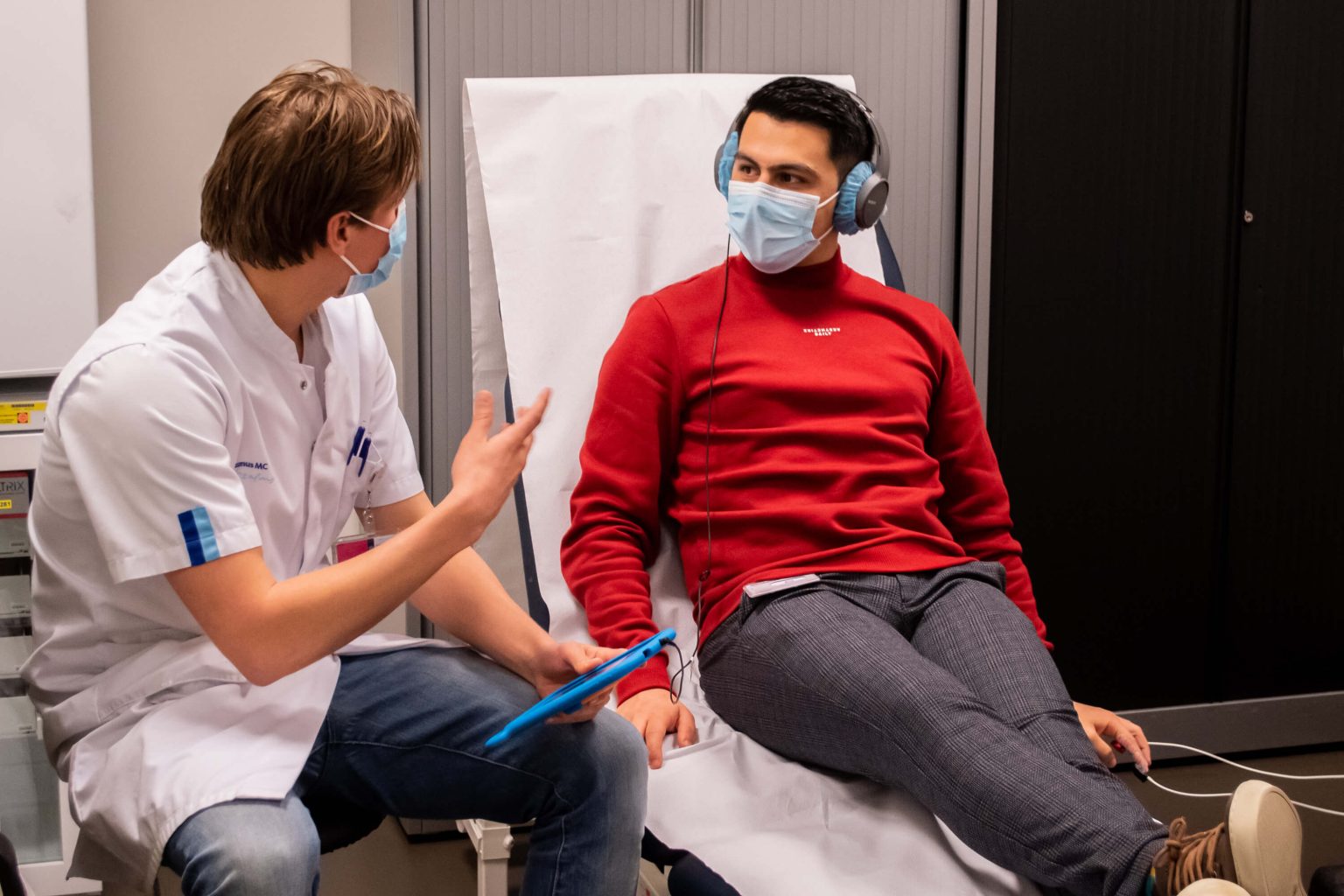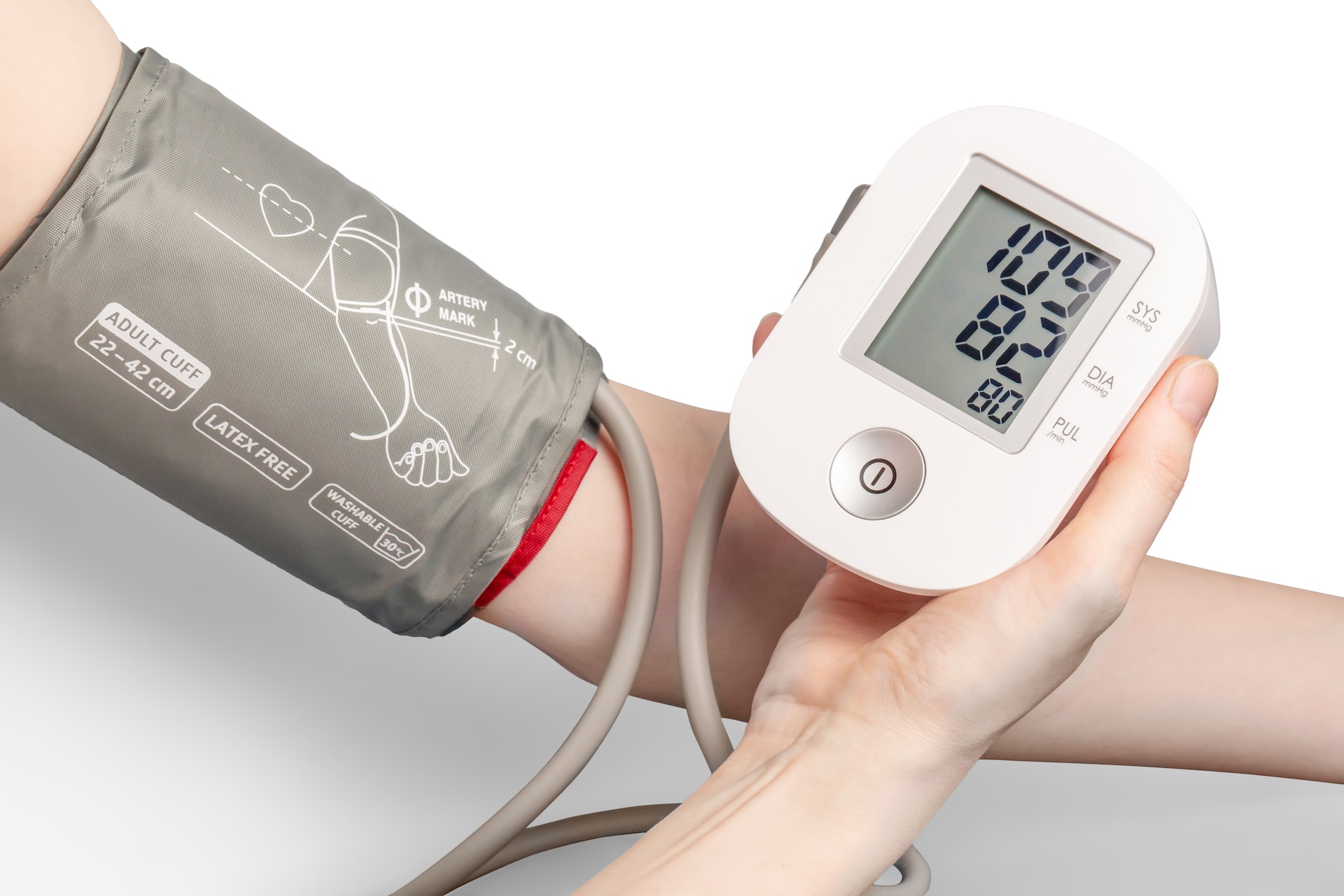You’re familiar with it: the feeling you get when you stub your toe on a table leg, the sensation in your stomach after eating something wrong, or the feeling when you accidentally cut yourself while cooking.
That feeling is what we call pain—a generally unpleasant sensation that comes in many forms: sharp, throbbing, dull, stabbing, burning, and more. Besides the nature of pain, its intensity, frequency, or duration can also vary. Healthcare professionals often ask about pain levels on a scale from 1 to 10.
In our language, we try to understand the type of pain present. We do this to decipher what the pain signal is trying to communicate or to alleviate it as quickly as possible. It makes sense because pain seems to act as an (alarm) signal, warning us of potential danger.
Pain and damage
Despite being an unpleasant sensation, it’s fortunate that we can feel pain. The pain system acts as an alarm, alerting us when there is (potential) damage to the body.
Pain is essential for survival, helping us avoid repeating the same dangerous situations. Sadly, some children are born without the ability to feel pain. While this might sound like a perfect life, the opposite is true. These children are at risk of serious, lasting damage because they are not inhibited by pain. For instance, such a child might not learn that fire is dangerous. Pain is, therefore, a crucial sensation. But how does pain work?

The pain system
Specific pain receptors are present throughout the body, triggered when tissues incur or are at risk of damage. These receptors activate only when a certain threshold is reached. For instance, most sound stimuli are not painful, but an extremely loud bang is. Pain receptors in the skin won’t typically activate when in contact with a blunt object or water at 30 degrees Celsius. However, boiling water and sharp objects initiate a pain signal.
Pain doesn’t arise spontaneously. When the alarm system functions properly, a pain signal is only initiated when the pain threshold is reached. Subsequently, a process is set in motion, where the pain stimulus is sent via nerves to the spinal cord and the brain. There, the pain signal is assessed and possibly interpreted as pain. Only then will you consciously experience pain. The experience of pain is made possible through the collaboration of a system of sensors, nerves, and specific areas of the brain. This is what we call the pain system.
Pain experience
The nerves of the pain system can swiftly transmit the pain signal to the brain, allowing you to experience pain within a fraction of a second. Unfortunately, things can go wrong in this entire process.
You can compare sending a pain signal to the well-known game of telephone. In this game, the first person (pain sensor) in the group whispers a story (pain stimulus) to the next person. The second person (nerve) then whispers the story to the next, until it reaches the last person (nerve). The goal of the game is to tell the story as completely as possible so that the last person (the brain) can tell a coherent story (pain experience). As a spectator of such a game, you can see how the story can take hilarious turns.
Our pain experience depends on various factors. In all steps that a pain signal must go through, the signal can be adjusted in certain ways:
- The pain threshold can be higher or lower. Acute stress or exercising shortly raises the pain threshold. When sick, injured, or experiencing chronic stress, the pain threshold is slightly lowered.
- The transmission of the pain signal from nerve to nerve can be similarly influenced. Sometimes, pain signals are amplified; in other circumstances, they are weakened.
- The brain directs the above processes and influences the perception of the pain signal. The context and psychological factors taken into account by the brain affect the experience of pain.
The same stimulus can cause pain at one moment and not at another. The experience of pain, therefore, never occurs at the site of damage but in the brain. Pain is, in a way, always ‘in the head.’
Chronic Pain
The brain always analyzes whether the pain stimulus is justified and determines the extent to which pain is experienced. Even in cases of physical injury, the brain plays a decisive role in how much pain you feel. Dysregulation in the central nervous system, of which the brain is a part, leads to hypersensitivity to (pain) stimuli. In this blog (link to blog), you can learn how the central nervous system can become dysregulated.
The pain system then generates excessive pain. Normal movements can become painful, or pain can even arise seemingly out of nowhere. The pain sensors become more sensitive, pain nerves transmit signals more quickly, and the brain interprets the signal as dangerous sooner.
This can eventually result in injuries not healing and the development of chronic pain. Chronic pain is defined as pain persisting for more than three months, lasting longer than the maximum period in which the damage should have healed. Chronic pain is often highly limiting for daily activities and can lead to various psychosocial problems.
How to deal with chronic pain
Chronic pain can be caused by dysregulation of the nervous system, of which the pain system is a part. The body is capable of initiating two remarkable processes:
- Central pain inhibition: The body raises the pain threshold and inhibits pain signals by producing substances from the central nervous system, making it possible. For example, professional surfer Bethany Hamilton mentioned that she felt no pain when attacked by a shark, losing her arm in the process.
- Central pain facilitation: The body lowers the pain threshold and stimulates the transmission of pain signals. Locally, this occurs in injuries. When you sprain your ankle, that body part becomes temporarily more painful, allowing you to offload it. When this happens from the central nervous system, the likelihood of overall pain increases.
We must, therefore, try to stimulate central pain inhibition. It might sound strange, but one way to do that is by moving. Moving will undoubtedly cause pain in chronic pain situations. However, the right level of exertion can help balance the pain system. In the long term, exercise is an excellent remedy for chronic pain. We are here to assist you in building up movement at the right level!





